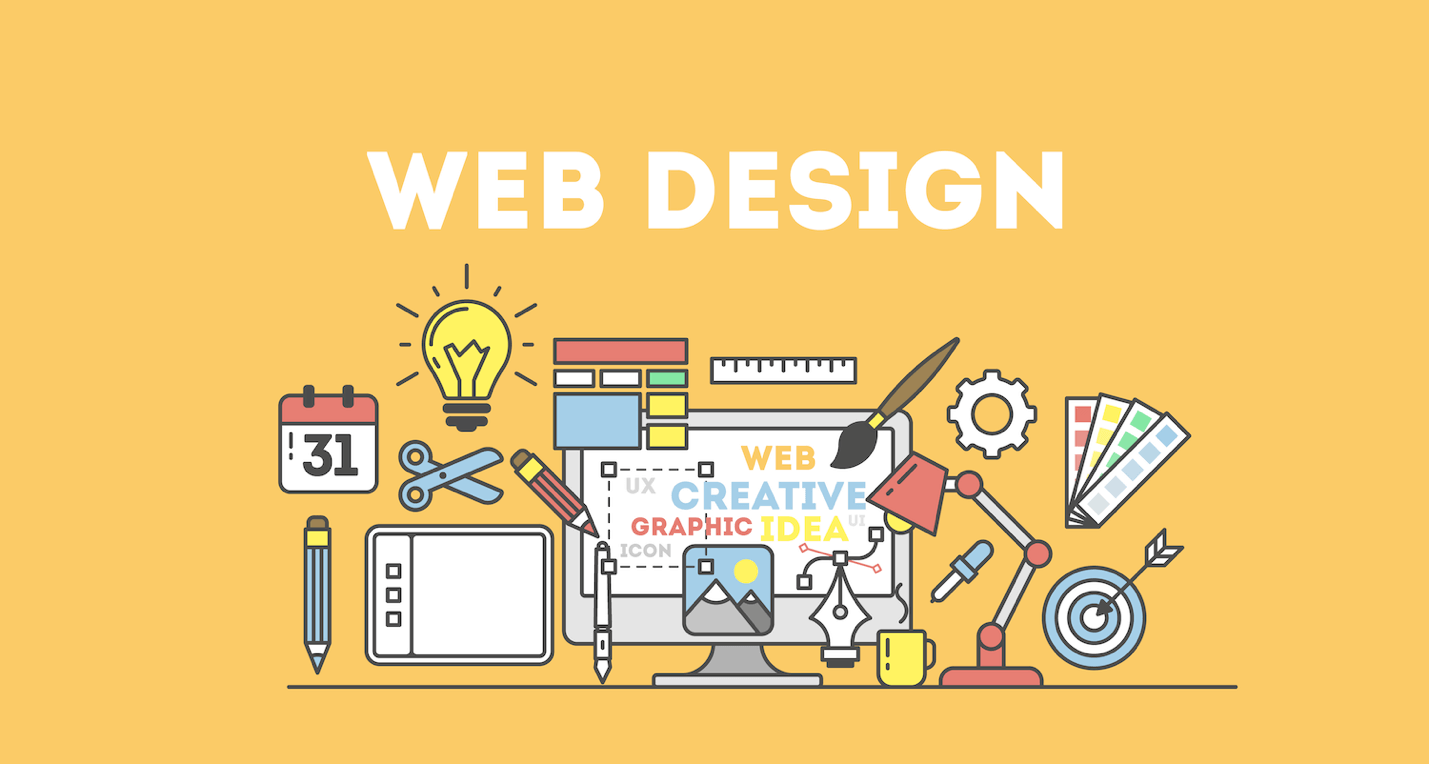Boost Your Online Presence with a Leading Web Design Agency
A Comprehensive Guide to Finest Practices in Internet Style for Boosted Customer Experience
In the world of internet layout, understanding user needs is critical for creating effective digital experiences. A well-structured strategy that stresses receptive style, user-friendly navigating, and a solid visual pecking order can substantially improve customer involvement. Additionally, maximizing web page load rate is critical in conference and exceeding customer expectations. As we check out these finest practices, it becomes noticeable that each component plays an essential role in the overall individual experience. The inquiry remains: what details methods can be implemented to make certain these principles are flawlessly integrated right into your style procedure?
Recognizing User Requirements
Recognizing user requirements is fundamental to efficient internet layout, as it directly influences customer experience and engagement. A detailed understanding of target audiences enables developers to develop sites that reverberate with customers, fostering a sense of connection and contentment (Web design agency). To achieve this, developers must engage in individual study, utilizing techniques such as studies, meetings, and use testing. This data collection supplies understandings right into user choices, actions, and pain factors.

Relevance of Responsive Design
Receptive layout is crucial in today's digital landscape, where users access websites across a myriad of devices with varying screen dimensions. As mobile tool use remains to climb, ensuring that a website provides an optimal viewing experience on smart devices, tablet computers, and desktop computers is necessary. A responsive design adjusts the format and content based on the customer's tool, enabling smooth navigation and readability.
A responsive web site can boost visibility, leading to boosted website traffic and user interaction. In addition, a consistent individual experience throughout devices builds brand name reputation and fosters individual commitment.
Furthermore, carrying out responsive design can result in minimized growth and upkeep costs. Rather than producing numerous variations of a website for various gadgets, a single responsive website simplifies updates and material management. This efficiency not only saves time however likewise makes sure that customers obtain one of the most current information regardless of how they access the site.
Simplifying Navigation

To accomplish streamlined navigating, internet developers must focus on a rational pecking order of material. Using descriptive labels for menu things can aid individuals comprehend the function of each section at a glance. In addition, decreasing the variety of menu items reduces cognitive lots, permitting individuals to focus on the most vital facets of the site.
Incorporating a search function is additionally valuable, as it gives individuals useful content with a direct course to certain material. Making certain that navigation elements are constant throughout the site cultivates experience and ease of usage. Responsive layout principles need to likewise be used to navigating menus, guaranteeing they work efficiently throughout all devices. Inevitably, simplified navigating not only boosts individual satisfaction he has a good point yet likewise adds to accomplishing more comprehensive company objectives by boosting conversion rates and minimizing bounce prices.
Enhancing Visual Power Structure
How can designers create a visual hierarchy that overviews individuals via web content flawlessly? The answer exists in the strategic special info usage of design components that direct attention and facilitate comprehension.
In addition, using whitespace is essential in creating breathing space around material. This not only protects against frustrating the individual however likewise emphasizes important elements, making them attract attention. Typography additionally plays a considerable function; employing varying typeface weights and designs can distinguish in between main and additional information successfully.
In enhancement to these methods, visual signs such as arrows or icons can guide individuals through the user interface, strengthening the intended circulation of details. By thoughtfully combining these components, designers can develop an engaging visual power structure that improves user experience, making sure that vital content is conveniently available and recognized. This cautious orchestration of layout aspects ultimately cultivates a more instinctive communication with the website.
Maximizing Page Tons Rate
In the hectic electronic landscape, enhancing web page load rate has actually ended up being a critical aspect in customer fulfillment and retention. Study suggests that customers expect website to fill within two seconds; any type of hold-up yet limit can lead to enhanced bounce prices and decreased conversion possibilities.
To enhance load rate, beginning by reducing HTTP demands, as each demand adds to the packing time. Make use of techniques such as CSS sprites to integrate numerous images into one, minimizing the variety of demands. Enhancing photos via compression and the usage of modern-day layouts like WebP can significantly decrease file sizes without compromising quality.
Implementing internet browser caching likewise plays a crucial role in boosting web page speed. By saving regularly accessed data locally on a customer's gadget, subsequent visits can fill nearly instantaneously. In addition, think about leveraging Content Distribution Networks (CDNs) to distribute material closer to individuals, decreasing latency.
Final Thought
In verdict, effective web style focuses on individual requirements through precise study, fostering user-friendly and responsive interfaces. Eventually, a commitment to these principles is essential for developing effective electronic experiences that meet the developing expectations of individuals in an affordable on the internet landscape.